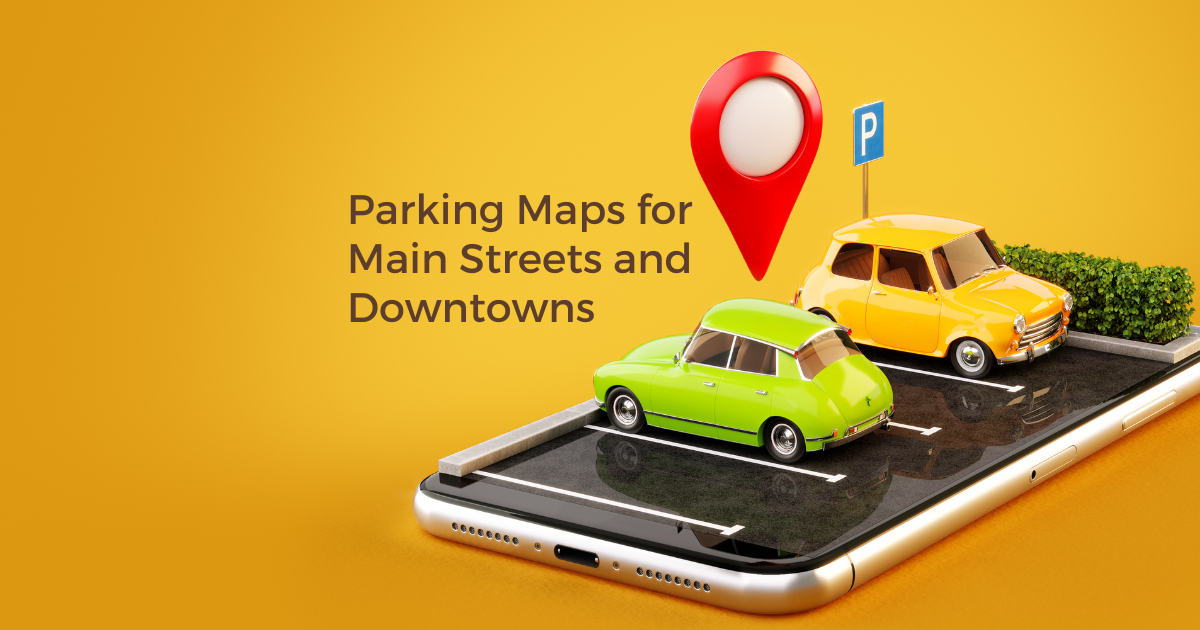.png)
GIS, short for Geographic Information System, is a set of software systems that are able to map and analyze data. At its most basic, GIS is a way to perform digital cartographic functions (outlining landmasses, labeling towns, etc). Yet GIS has a wide variety of functions far more technical than this, from buffer analysis to centroid calculation to delineating watersheds.
As a tool, GIS is used in many sectors, from real estate to natural resources management to healthcare. Companies in these sectors likely staff a GIS analyst, whose job it is to run calculations, perform analysis and make decisions using GIS software. Many people make full careers in GIS, and an increasing number of colleges and degree programs offer GIS as a major.
GIS is an excellent tool for these well-trained professionals to use in their work. While it works great for them, there’s just one problem: GIS is not accessible for a novice. The tools that GIS offers are groundbreaking and perform essential functions for society, but for the average person this is not conducive for quick and easy mapping. Opening up either ArcGIS online or QGIS (the two GIS options on the market), users are bombarded with buttons, asking us to aggregate points, merge layers or generate tessellations. The tools require expertise in layering data and the understanding of technical terminology. Not to mention, these tools are expensive for novice map creators. There are classes that teach users how to use GIS, anywhere from 2 day long webinars to months long university courses, but most of these are geared towards geospatial professionals wanting to use GIS on a daily basis.
Simply put, GIS is far too complicated for many of the simple, everyday data that regular people want to map. You shouldn’t have to take a week long course to learn how to plot your favorite pizza joints. But online options should exist, so you’re not left to become Lewis and Clark trying to hand-draw a map of your neighborhood. Proxi acts as a middle ground between a Google My Maps (which is not customizable, nor monetizable) and GIS’s complex analytics.
Proxi takes the most basic and important features of GIS and puts them in an intuitive, easy-to-use, FREE environment. GIS is an exceptional technology, but it’s not a catch-all solution for anyone looking to make a map online, which is why a technology like Proxi becomes the perfect solution.
Related Articles
Get Inspired
View All Featured MapsAdventure Awaits!
Check out some of the latest articles on our blog








.png)
